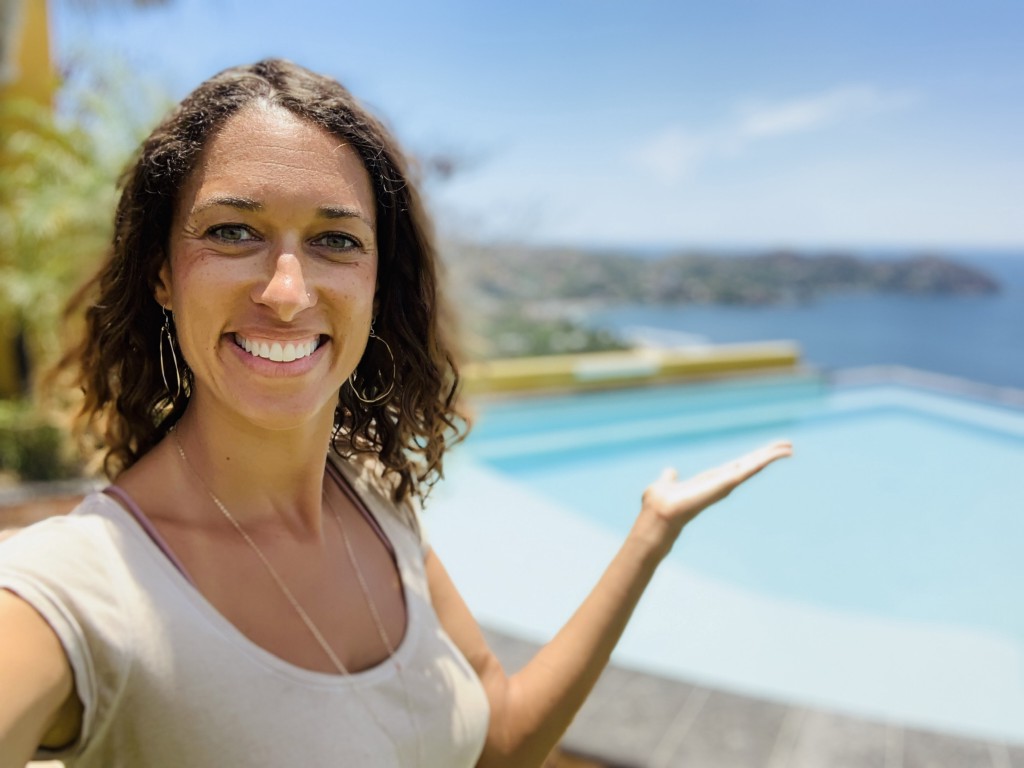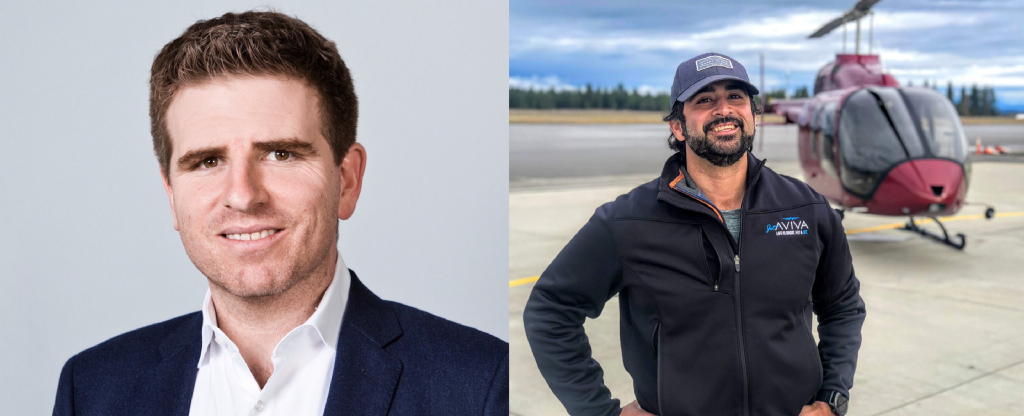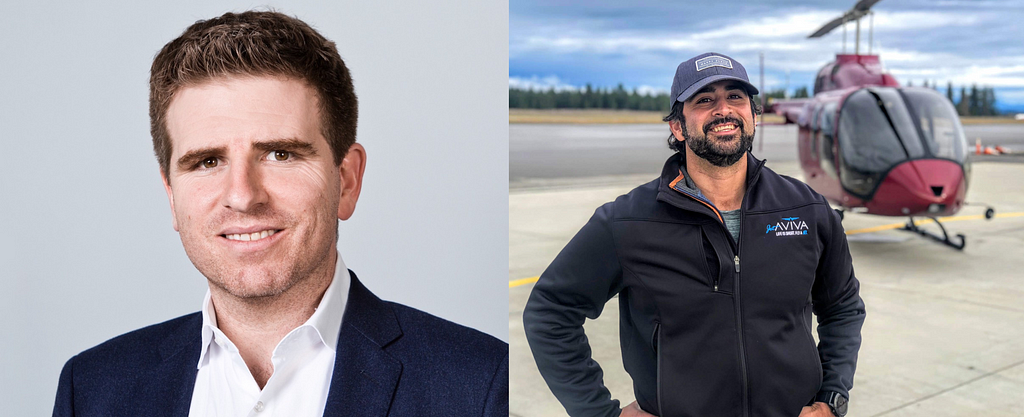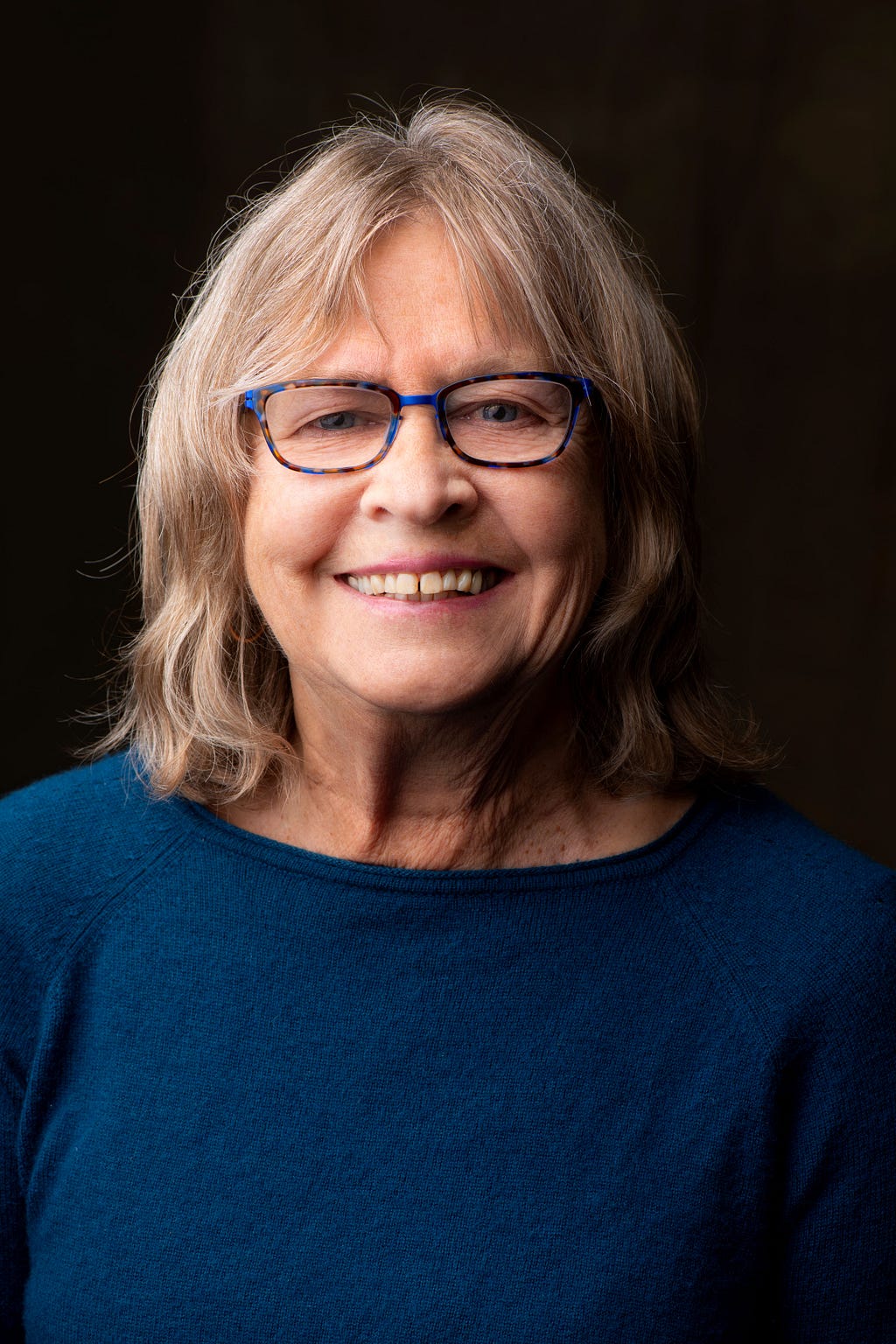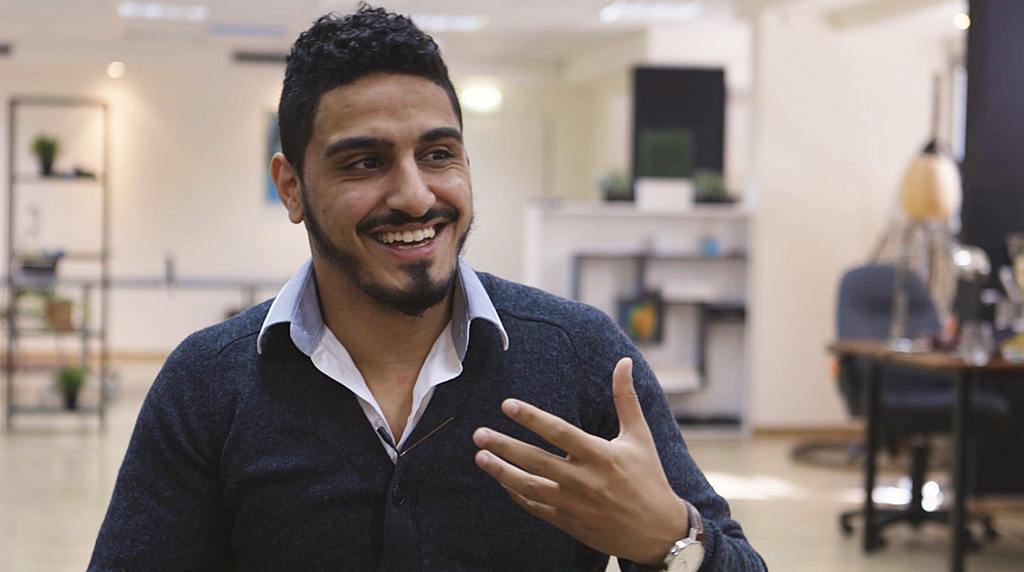
The crux of the adjustment in travel is and has been around staying longer and traveling slower in destinations. I’ve seen hotels offer long term remote work stays as slow travel is much more of an interest to nomads. Travelers are expected to stay longer in one place, allowing them to stay at accommodations longer and adapt to the culture in different ways. Expect to see more regulars at local spots for longer periods of time. Residency visas are allowing for longer stays. Airlines are also lowering travel change fees, to be more understanding of the situation for travelers who may be impacted by sickness.
As part of my series about “developments in the travel industry over the next five years”, I had the pleasure of interviewing Lisa Kavanaugh.
As a former CTO, Certified Coach and Digital Nomad for 7+ yrs, Lisa combines decades of experience to partner in the creation of more meaningful impact in her client’s personal and professional lives.
She primarily works with:
⋙ Those who are looking to shortcut their path to working-from-anywhere or using travel to facilitate a major life reset.
⋙ Organizational leaders stretching into new opportunity, helping them to navigate with confidence and authenticity.
Using design thinking and an awareness-based approach focused on aligning action with individual values and sense of purpose, Lisa strives to empower her clients to maximize capacity, satisfaction and impact. She is known for listening between the lines, insightfully reflecting what she sees and challenging clients to probe deeper for new awareness that enables them to play bigger.
Lisa has been quoted & featured in Fast Company, FOX News, ZDNet & VentureBeat, has spoken at conferences and events including SxSWi, Web2.0 Expo, MLB.com Speaker Series and Pandora’s Women in Business Series. She was also named in FOX Business’ Little Pink Book’s Top 10 Women in Technology for 2012. She received her B.S. in Computer Science from UC Santa Barbara, and her ICF coaching certification from The Coaches Training Institute.
A true global citizen, she holds US & EU passports, and is proud to call herself a digital nomad. She loves to snowboard, learn new languages, and host boisterous costume parties.
Thank you so much for joining us! Can you tell us a story about what brought you to this specific career path?
I was born in Italy and lived in Germany, Texas, Michigan and Alaska before I turned 18. As a multinational (German/American) I moved and traveled a lot as a kid and I believe it helped me develop a sense of comfort in transitions. I enjoyed living in different places, having friends around the world, and speaking different languages. These experiences are innate to who I am and how I’m programmed.
Early in my career, after a few years at HP I moved to San Francisco and joined Ask.com (it was Ask Jeeves at the time, remember that guy?) I started as a mid-level software developer and left as CTO and Chief Product Officer. These were very high demanding jobs and extremely stressful. It wasn’t a coincidence that I ended up in the hospital with Crohn’s disease during this time. I decided to take a pause from my stressors, take a year off and backpack around the world with my husband. It changed my life.
I never went back to my old job or career but I did create a new career in coaching. I took what I learned from my own leadership experience, my newfound obsession with learning as much as I can about what makes great coaching, as well as what I learned from several amazing coaches I worked with during my executive career. These coaches had a tremendous impact on my growth as a leader and helped me discover what I wanted. Ultimately, I realized I want to be on the side of serving others.
Now I serve leaders in their growth through REBELxLABS. I help them lead with more alignment so they can have the impact they want to have without ending up in the hospital like I did. The people I work with are ready to step away and start optimizing for more time, connection and freedom in their life. We work together to determine how to work and play from anywhere in the world.
Can you share the most interesting story that happened to you since you started your career?
The impetus for starting REBELxLABS happened when I was living in Lake Tahoe for a 5th season. I often hit the mountain from 11 a.m. to 3 p.m. midweek. I’d meet people during this time, tell them what I do and I’d see people light up with the possibility of how they, too, can redesign their life. So many people live within the confines of a very rigid work and play paradigm. It became evident to me that I need to expand beyond leadership coaching and be of service to those who seek to unlock their version of freedom.
Can you share a story about the funniest mistake you made when you were first starting? Can you tell us what lesson you learned from that?
It’s unlikely funny to others but I think many can relate, especially those of us who work so hard to kick bad habits to the curb. When I started REBELxLABS, the old Lisa creeped in and she’s not peachy. I ramped up this new business in addition to leadership coaching and I decided to do everything in 6th gear, thinking I had to do it all at once. In fact, I was doing everything the opposite of what I was recommending to my clients. Instead of following the life I designed for myself, I was short tempered and stressed all the time, thinking that everything had to happen yesterday, and now, and perfectly done. Luckily I had my husband to point out my old patterns and decades of recovery practices to get me back in alignment with what brings me joy and reduces stress while still creating my vision.
Which tips would you recommend to your colleagues in your industry to help them to thrive and not “burn out”? Can you share a story about that?
Learn to say no. And not only how to say no, but when to say no. It is a real skill to learn and understand the sense in your body when something is a yes for you versus a no. Learn what activities, people and environments light you up and give you energy — and which drain the life from you. Be intentional with how you manage your energy.
None of us are able to achieve success without some help along the way. Is there a particular person who you are grateful towards who helped get you to where you are? Can you share a story?
It may sound cliche but without question it is my mother. My parents divorced when I was 6 years old, and my mother, at 33, went back to medical school. Everyone told her she was too old and she was crazy to take this on as a single mom. She did it anyway and went on to build a very successful Urgent Care business and sell it. She was able to pay for my schooling and help my husband and I buy our first home. Lack of debt may be the biggest help anyone can receive.
Through leading by example and the many ways in which she shaped me, she taught me it’s never too late, you’re never too old, you can always say no to a situation that is no longer serving you and say yes to reinventing yourself. She also instilled in me the love for travel, experiencing new and different cultures and finding something to celebrate every day.
Thank you for that. Let’s jump to the core of our discussion. Can you share with our readers about the innovations that you are bringing to the travel and hospitality industries?
REBELxLABS is about the intersection of leadership and life design. I work with so many inspiring professionals and leaders who have taken the leap to work and travel from anywhere in the world, while taking the lead in how they design their own life.
Which “pain point” are you trying to address by introducing this innovation?
Too many people have heard my story and said “I wish I could do that but my job would never let me be remote or I would never have the courage or … ” Through my coaching programs I aim to unlock the path to freedom for those that wish to leap. With the pandemic, remote work has never been more accessible. Yes, it takes discipline. And, yes, digital nomadism takes courage and resilience and some creative planning, but I believe anyone who wants to do it, can and should. My mission is to make it easier for more people to step away from the status quo and design a life worth living.
How do you envision that this might disrupt the status quo?
The disruption is all in the numbers and increased interest in a differently designed life. Digital nomads are taking the world by storm and I hope to meet some aspiring ones in 2021. A recent survey found that 4.8 million independent workers currently describe themselves as digital nomads, while many more (17 million, in fact) aspire to someday become a digital nomad.
As you know, COVID19 changed the world as we know it. Can you share 5 examples of how travel and hospitality companies will be adjusting over the next five years to the new ways that consumers will prefer to travel?
The crux of the adjustment in travel is and has been around staying longer and traveling slower in destinations. I’ve seen hotels offer long term remote work stays as slow travel is much more of an interest to nomads. Travelers are expected to stay longer in one place, allowing them to stay at accommodations longer and adapt to the culture in different ways. Expect to see more regulars at local spots for longer periods of time. Residency visas are allowing for longer stays. Airlines are also lowering travel change fees, to be more understanding of the situation for travelers who may be impacted by sickness.
You are a “travel insider”. How would you describe your “perfect vacation experience”?
My perfect vacation experience involves moving my body through nature (like hiking, surfing, snowboarding, and more) so at the end of the day I’m physically exhausted versus mentally exhausted. It would also include little to no screen time, while experiencing a new and foreign culture, where I make meaningful connections and relationships.
Can you share with our readers how have you used your success to bring goodness to the world?
While I love working with many of my peers, some of my most memorable experiences have been with teaching and mentoring youth. I traveled to Jerusalem to volunteer with a great program called MEET (Middle East Entrepreneurs of Tomorrow) where I taught high school seniors Python, Flask, Bootstrap, basic databases and data structures. It was a great experience to work alongside them as they created their senior projects using these technologies.
My husband and I a few years ago had a wonderful opportunity to volunteer and teach English in Cambodia. I wrote about my experience here.
You are a person of great influence. If you could start a movement that would bring the most amount of good to the most amount of people, what would that be? You never know what your idea can trigger. 🙂
I’d love to see a movement in which each and every person believes they are enough, they stop comparing, and start loving themselves and those around them more deeply. Imagine what could be possible.
How can our readers follow you on social media?
LinkedIn Lisa Kavanaugh
REBELxLABS IG
REBELxLABS FB
This was very inspiring. Thank you so much for joining us!
Lisa Kavanaugh of REBELxLABS: The Future of Travel in The Post Covid World was originally published in Authority Magazine on Medium, where people are continuing the conversation by highlighting and responding to this story.


